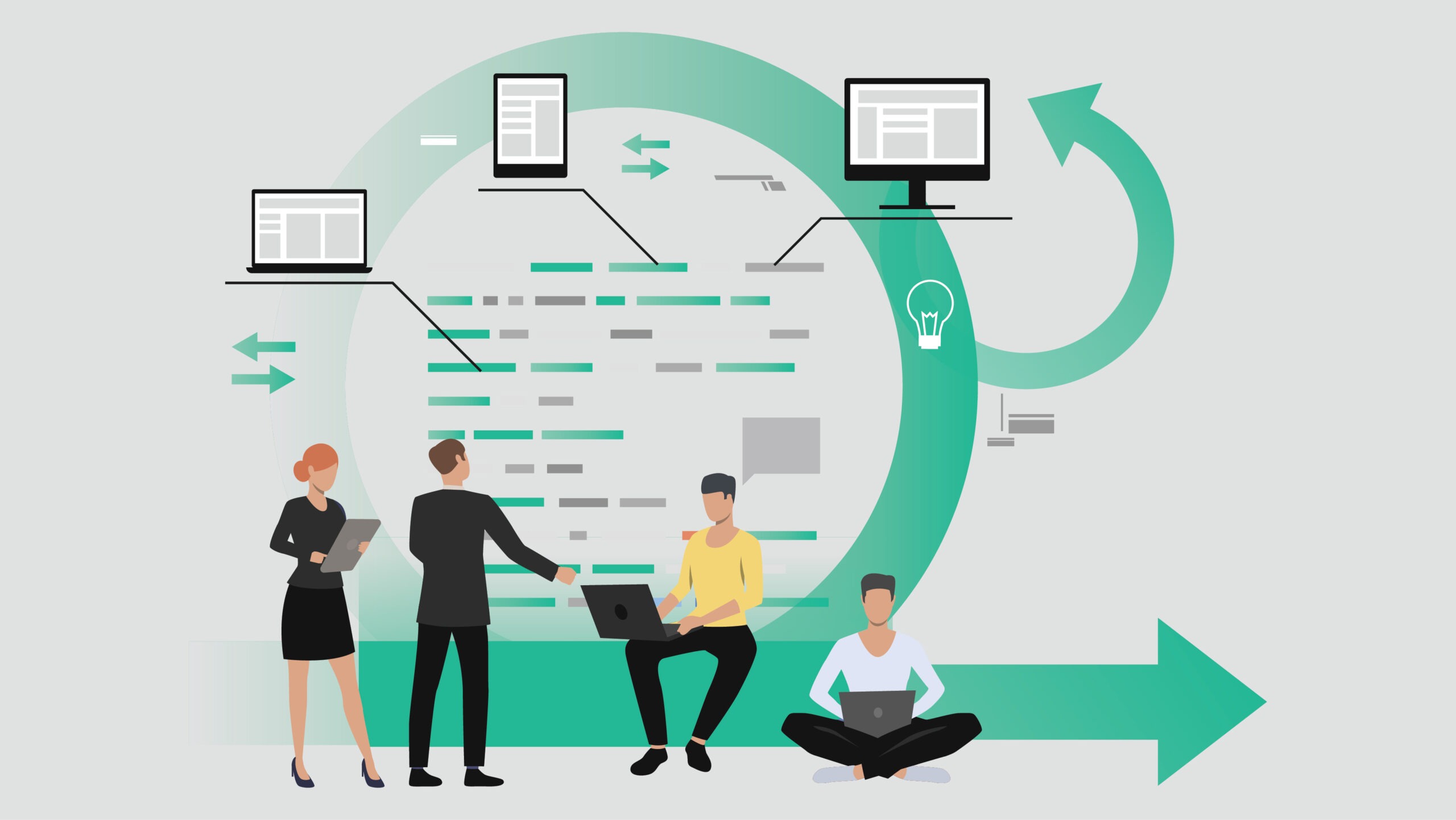5 Benefits of Agile Software Development
Contents:

Agile software development is the most popular methodology due to its flexible and transformative nature. It has worked wonders for many organizations with positive features like customer satisfaction, continuous development, and delivery of valuable software.
Significance of Agile Software Development:
Agile methodology is one of the great choices for the developers for the successful accomplishment of the projects. The term “Agile” means the capability to move instantly and easily and also reply swiftly to modify. This is the crucial feature of agile software development. Conventional methods such as the waterfall model would take a lot of time to complete a project. Whereas, agile projects have one or more than one iteration and deliver the complete product at the end of the final iteration. There are some most popular agile methodologies:
- Scrum
- Crystal
- Extreme Programming
- Lean Development
- Kanban
Every agile methodology has its unique particular approach, but “Kanban” and “Scrum” are the two best frameworks under Agile. In scrum, there are basically three main parties:
- Project owner
- Team
- End-users
The “Kanban” methodology permits the organizations to commence with their current workflow and drive transformative change. Most of the projects start from scratch using agile “Kanban” technology. Let’s dive into the benefits of agile software development.
Benefits of Agile Software Development:
1. Agile Offers Flexibility:
Agile methodology suits impeccably for the companies that are searching to transform the way in which projects will be managed effectively. It provides a flexible approach to software development. The best thing is that the requirements could be adjusted easily during the project to fulfill the needs of the stakeholders.
2. Makes Quality Better:
It helps to focus on high-quality development, testing, and collaboration by distributing the project into manageable units. By fixing errors during every iteration, the quality of the work gets improved. This also helps in making decisions making better about the priority features and significance of additional iterations.
3. Estimated Costs and Schedule:
The price is limited regarding the type of work the team performs in fixed-schedule time. It divides the lifecycle of project development into a sprint and the test plan is reviewed after each sprint.
4. Satisfied Customers:
By adding customers in the process of development, agile teams keep them updated that they value their suggestions. Customers can also give their feedback and make sure that the final product will be according to their requirements. Moreover, this will help to improve the overall user experience and increase customer retention.
5. Minimize Risks:
Developers see progress during sprints on a regular basis and spot the issues quickly. The minor issues are handled before they escalate and this provides a greater chance of success.
When to Use Agile Software Development?
Agile software development is used when new modifications are needed. The developers need to drop the work for a few days in order to implement changes. If you are designing or launching a new product, then it may push a team against many unexpected challenges. However, if you get an agile approach, the project gets the methodology in place to test products as required, iterate instantly, and communicate modifications with stakeholders.
Checklist & Takeaways:
- Agile methodologies are not good for all projects.
- The agile methodology will not work well if the communication between the developer and customer is not strong.
- The agile methodology shows ideal results when there is strong communication.
- Agile methodology is the finest method for a business solution.
And that’s a Wrap:
Agile is an effective methodology for the software development industry. It assists the organization to deal with the problems such as timely deliveries, and predictability in a considerably more effective way. Code District provides the fastest way to engineer your requirements and take your product from concept to development.





